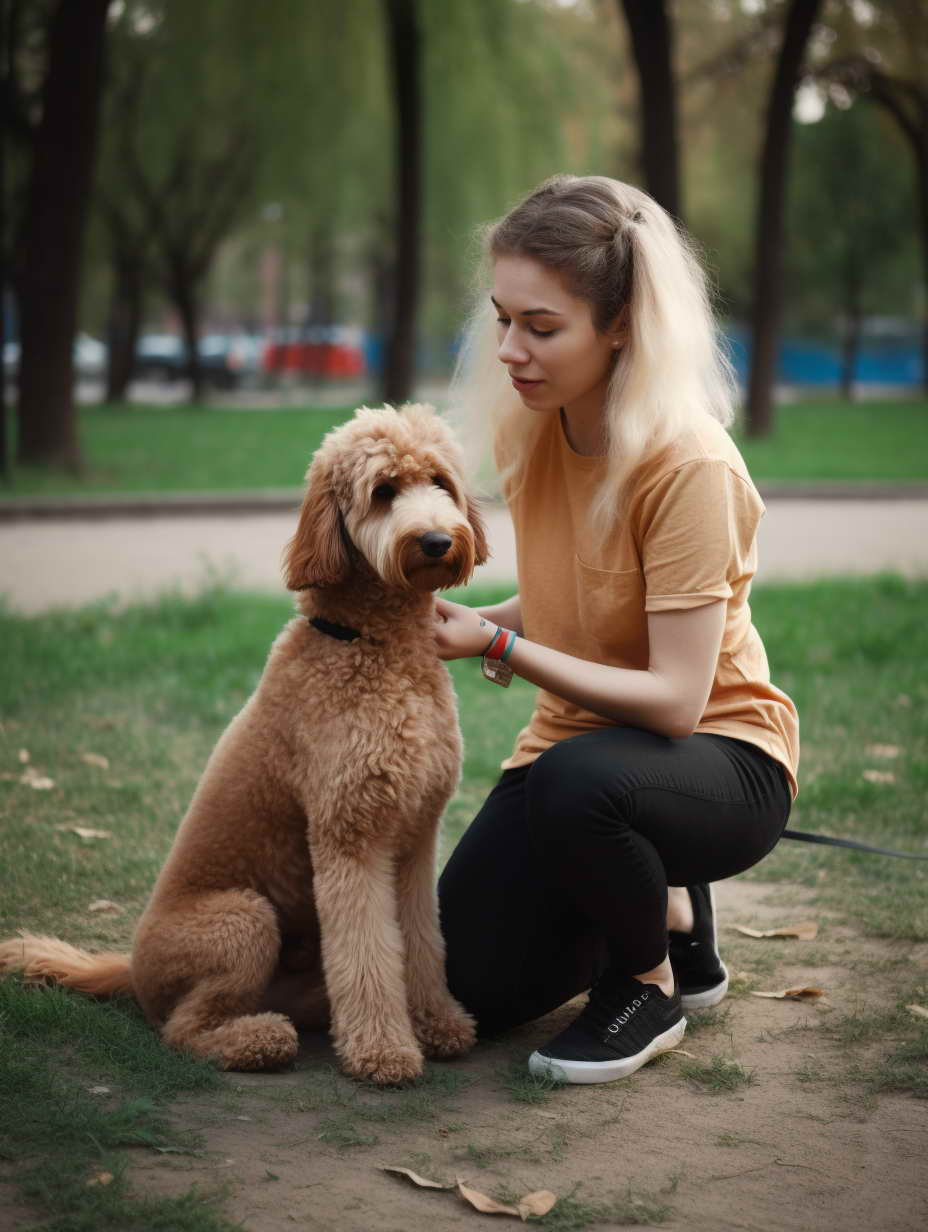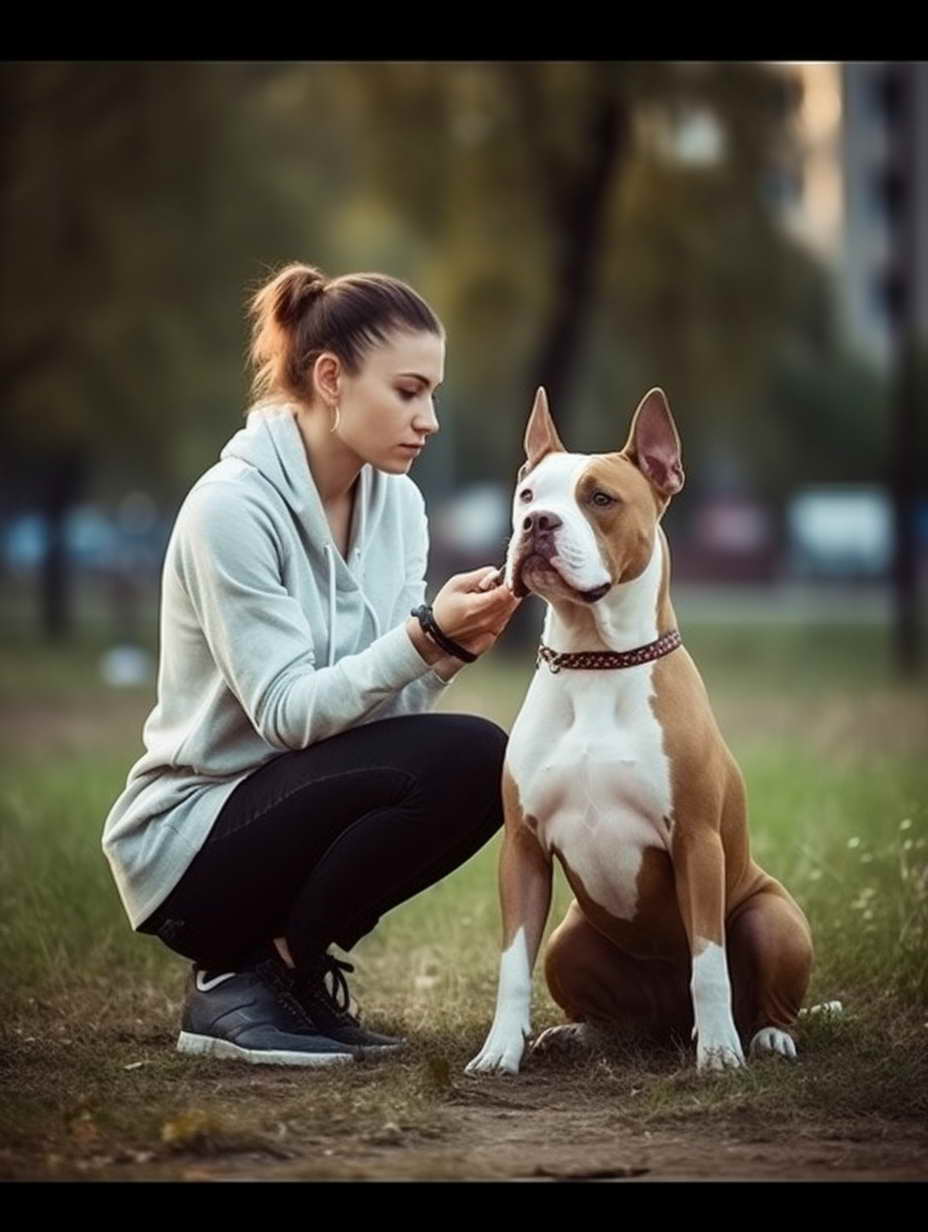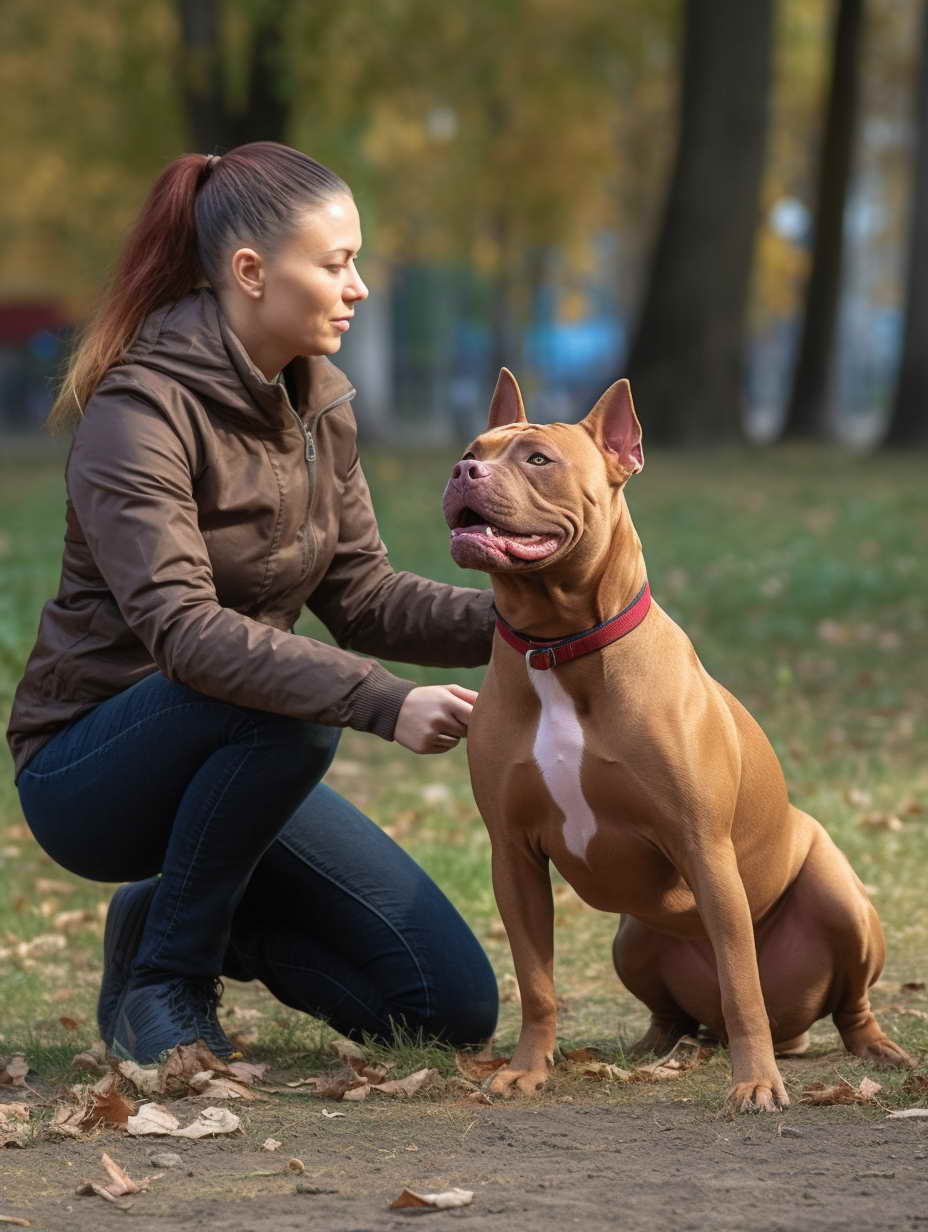How To Dog Training Poop One Area: A Comprehensive Guide
Training your dog to poop in one designated area can be a game-changer for both you and your furry friend. It’s not just about convenience; it’s also about creating a clean and hygienic environment. In this comprehensive guide, we’ll walk you through the process of How To Dog Training Poop One Area. We’ll cover everything from understanding your dog’s behavior to effective training methods and address common questions along the way.
Understanding Your Dog’s Behavior
Understanding your dog’s behavior is the cornerstone of effective poop training. Dogs are intelligent animals with unique instincts and patterns that, when recognized and harnessed, can make the training process smoother and more successful.
Canine Instincts and Patterns
Territorial Instincts
Dogs are naturally territorial creatures. They have a primal urge to mark their territory by scent. This is why you often see them sniffing around and leaving their mark on various objects, including trees, bushes, and even fire hydrants. By recognizing and understanding this instinct, you can use it to your advantage when training your dog to poop in one area.
Routine Behavior
Dogs thrive on routine. They feel more secure and comfortable when they know what to expect. This is particularly true when it comes to their daily routines, including when and where they go to relieve themselves. By establishing a consistent routine, you can help your dog anticipate when it’s time to go outside and poop.
Body Language
Learning to read your dog’s body language is crucial. Dogs often display certain signs when they need to go, such as circling, sniffing the ground, or suddenly becoming restless. By paying attention to these cues, you can quickly take your dog to the designated poop area, increasing the likelihood of success.
Establishing a Routine
Consistent Schedule
To make the training process smoother, establish a consistent schedule for your dog. Try to take them out at the same times each day, such as after meals and before bedtime. This regularity helps your dog understand when it’s time to go and reduces the chances of accidents indoors.
Positive Association
Make the designated poop area a positive place for your dog. Use treats and praise when they successfully poop there. Over time, your dog will associate this area with positive experiences, making them more inclined to use it consistently.
Supervision
During the training phase, it’s essential to keep a close eye on your dog. This ensures you can respond promptly when they display signs of needing to poop. By supervising your dog, you can guide them to the designated area and reward them immediately after they’ve done their business.

Preparing for Training
Before embarking on the journey of training your dog to poop in one designated area, it’s essential to be well-prepared. Proper preparation ensures that the training process goes smoothly and increases the likelihood of success. Here, we’ll outline the key steps to get you ready for this important task.
Gather Necessary Supplies
To set the stage for successful training, gather all the necessary supplies you’ll need. Having these items on hand will make the training process more efficient and effective.
1. Leash and Collar
Invest in a sturdy leash and collar for your dog. These tools will help you maintain control and guide your dog to the designated poop area during training. Make sure the leash is of appropriate length, neither too long nor too short.
2. Poop Bags
Responsible dog ownership includes cleaning up after your pet. Always have an ample supply of poop bags on hand for quick and hygienic disposal of waste.
3. Treats and Rewards
Positive reinforcement is a powerful tool in dog training. Stock up on tasty treats that your dog loves. These will be used to reward and motivate your furry friend when they exhibit the desired behavior by pooping in the designated area.
4. Clicker (Optional)
Some trainers find clickers helpful in reinforcing positive behavior. If you choose to use one, ensure it’s readily available and you’re familiar with its use.
5. Cleaning Supplies
Accidents can happen, especially during the initial stages of training. Be prepared with appropriate cleaning supplies to promptly address any messes. Use enzymatic cleaners to eliminate odors, as these discourage repeat accidents.
Choose the Designated Area
Selecting the right spot for your dog to poop is a crucial decision. Take the time to choose an appropriate location within your living space or yard.
1. Accessibility
Ensure the designated area is easily accessible for both you and your dog. It should be a place you can reach quickly when it’s time for a bathroom break.
2. Consistency
Consistency is key in training. Pick a spot that you can consistently take your dog to. Changing the location frequently can confuse your pet and slow down the training process.
3. Safety
Consider safety factors when choosing the area. Ensure it’s free from hazards, such as toxic plants or sharp objects, to protect your dog while they do their business.
4. Privacy
While not always necessary, some dogs prefer a bit of privacy when they poop. If possible, choose an area that offers some seclusion, even if it’s just a corner of your yard.

The Training Process
Now that you’re well-prepared and have a good understanding of your dog’s behavior, it’s time to delve into the actual training process. This is where your patience and consistency will pay off as you guide your furry friend to learn the valuable skill of pooping in one designated area.
Leash Training
1. Introduce the Leash
If your dog isn’t already familiar with a leash, introduce it gradually. Let your dog sniff and get used to the leash while they’re indoors. Reward them with treats and praise when they show comfort with it.
2. Practice Indoors
Before venturing outside, practice walking your dog indoors with the leash on. Use treats as positive reinforcement when your dog follows you and doesn’t pull on the leash.
3. Guided Walks
When it’s time for your dog to poop, use the leash to guide them to the designated area. Walk them to the spot and wait patiently. Avoid pulling or tugging on the leash; instead, encourage your dog to explore the area.
Positive Reinforcement
1. Treat Rewards
As soon as your dog poops in the designated area, offer immediate positive reinforcement. Use treats and enthusiastic praise to show your appreciation. This creates a positive association between the area and a reward.
2. Consistency is Key
Consistency is the cornerstone of effective training. Ensure that every time your dog poops in the designated area, they receive treats and praise. This reinforces the behavior you want to encourage.
3. Timing
Timing is critical in positive reinforcement. Offer treats and praise within seconds of your dog completing their business. This helps them connect the reward to the specific behavior you’re encouraging.
Consistent Timing
1. Set a Schedule
Establish a daily routine for bathroom breaks. Take your dog to the designated area at the same times each day, such as after meals or first thing in the morning. This routine helps your dog anticipate when it’s time to go outside.
2. Be Patient
During the training process, your dog may not always poop on schedule. Be patient and wait for them to do their business. Avoid rushing or pulling them away if they don’t go immediately.
Supervision
1. Stay Vigilant
While your dog is still in the training phase, keep a close eye on them. This helps you identify the signs that they need to poop and allows you to guide them to the designated area promptly.
2. Reward Accurate Behavior
Whenever your dog successfully poops in the designated area, reward them immediately. The more consistent you are with rewards, the quicker your dog will associate this behavior with positive outcomes.
3. Correct Accidents Gracefully
If your dog has an accident indoors, resist scolding or punishing them. Instead, clean up the mess calmly and continue with the training process. Consistency and positive reinforcement are more effective than negative reactions.

Frequently Asked Questions (FAQs)
How long does it take to train a dog to poop in one area?
The duration of training varies from dog to dog, but on average, it may take a few weeks to several months to fully establish this habit.
What should I do if my dog refuses to poop in the designated area?
If your dog refuses, revisit the training process, ensure the area is clean, and consult a professional dog trainer if needed.
Is it possible to train older dogs to poop in one area?
Yes, it is possible, but it may require more time and patience. Older dogs can learn new habits with consistent training.
Are there any specific dog breeds that are easier to train for this behavior?
While some breeds may be more receptive to training, any dog can learn to poop in one area with the right techniques and consistency.
Should I use punishment for accidents during training?
No, avoid punishment. Instead, focus on positive reinforcement to encourage the desired behavior.
Can I use pee pads during training?
Pee pads can be used, but the ultimate goal is to transition your dog to outdoor pooping in the designated area.
Conclusion
Training your dog to poop in one area requires dedication and consistency, but the rewards of a clean living space and a well-behaved pet are well worth the effort. Remember to be patient, use positive reinforcement, and maintain a routine. With time and practice, you’ll achieve success in How To Dog Training Poop One Area.

Leave a Reply